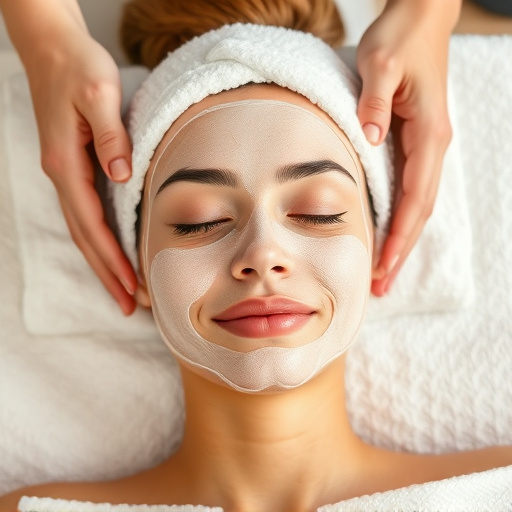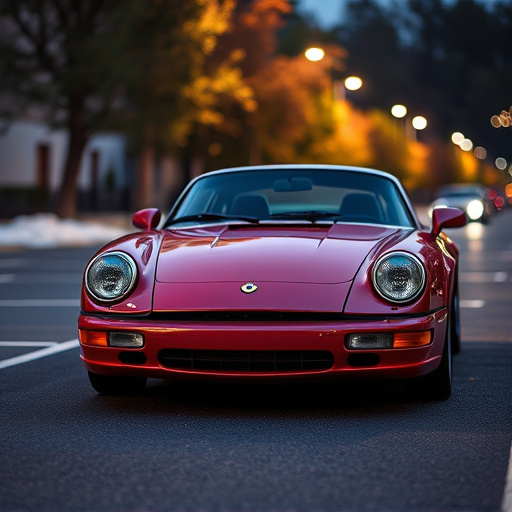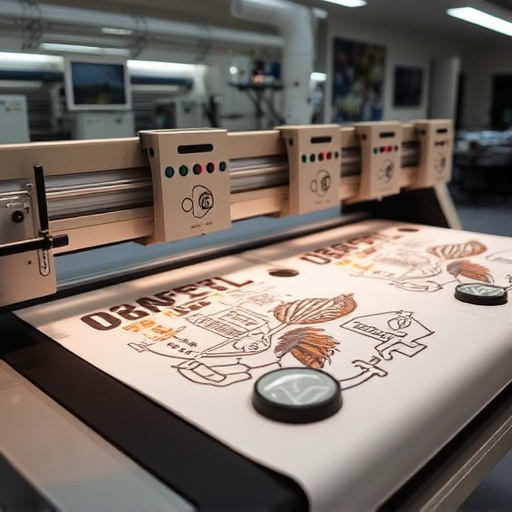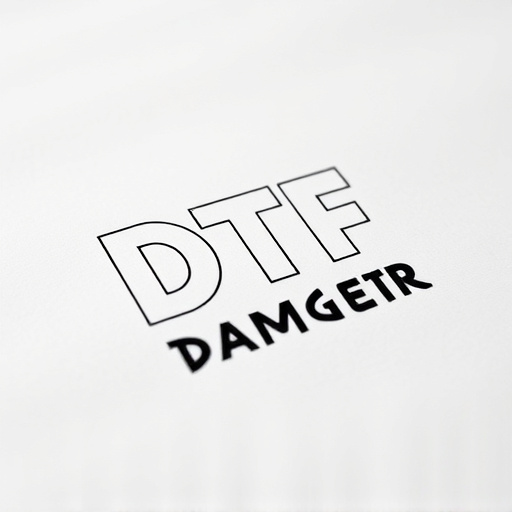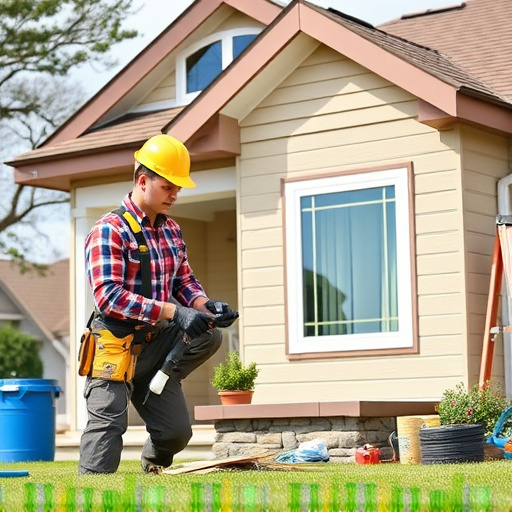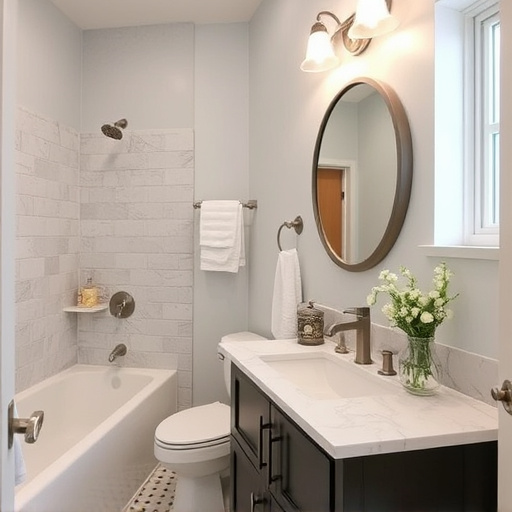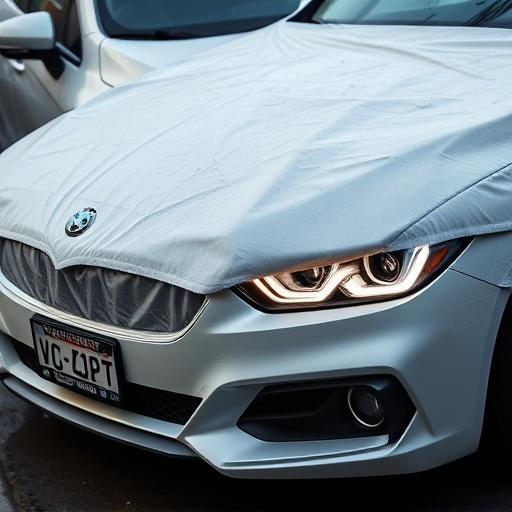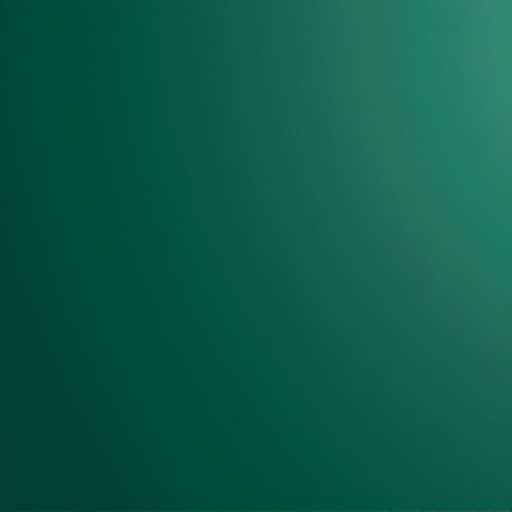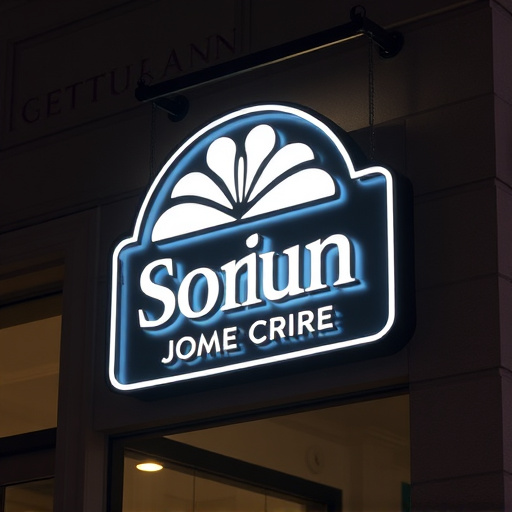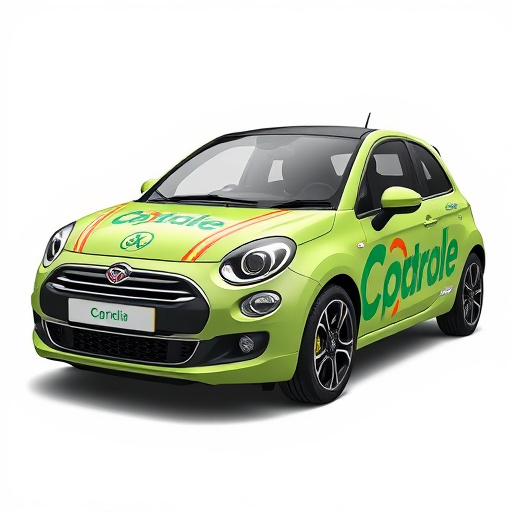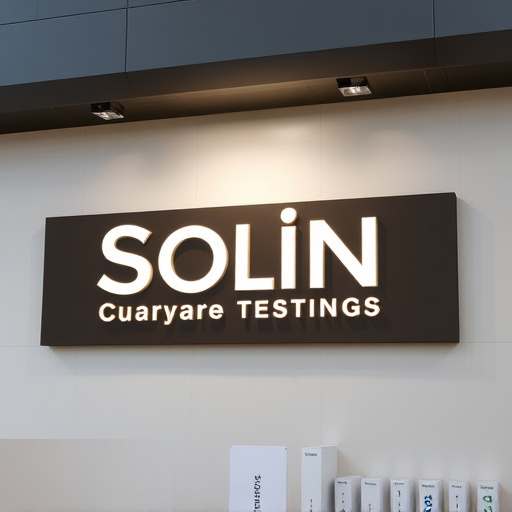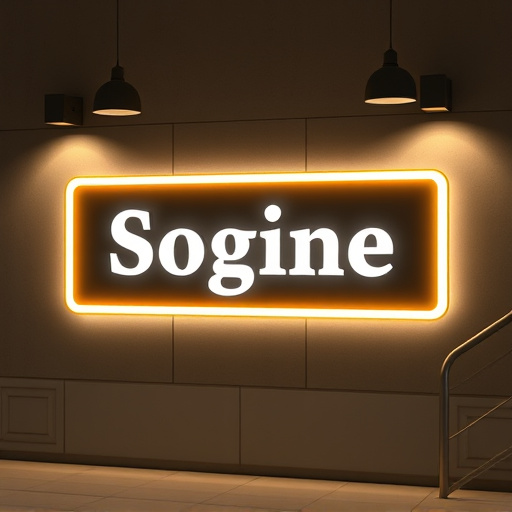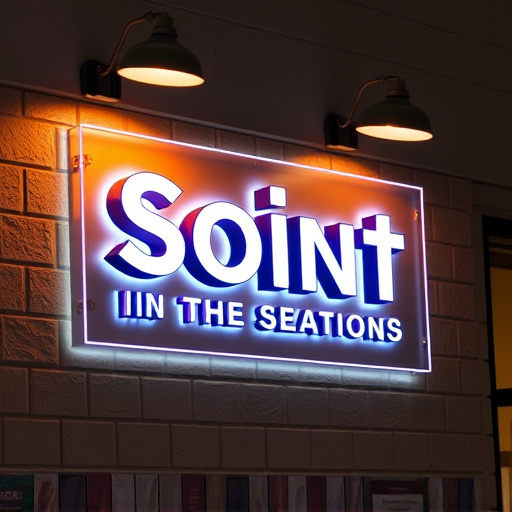Vehicle wrap installation is an art form that transforms cars into mobile advertising or creative expression platforms. It involves applying a thin, flexible graphic film over existing paintwork, allowing for custom designs and printing using materials like vinyl, polycarbonate, or metallic films. The process requires skill to achieve a seamless finish by precisely adhering the wrap to vehicle contours. Custom Design and Printing uses advanced digital technologies to create visually striking effects that grab attention on the road, enhancing brand exposure and safeguarding paintwork with professional installation techniques and ceramic coatings. Meticulous preparation, use of high-quality adhesives, and precision tools are essential for achieving a vibrant, long-lasting vehicle wrap that protects underlying paintwork from environmental damage.
Vehicle wrap installation has transformed automotive decoration, offering businesses and individuals a dynamic way to express their brand or style. This article delves into the art of vehicle wrap installation with custom design and printing, exploring the process, materials, and best practices. From understanding the foundational steps to embracing creative freedom through personalized designs, you’ll uncover the secrets to achieving a professional vehicle wrap application that turns heads on every street corner.
- Understanding Vehicle Wrap Installation: The Process and Materials
- Custom Design and Printing: Unlocking Creative Possibilities
- Best Practices for a Professional Vehicle Wrap Application
Understanding Vehicle Wrap Installation: The Process and Materials
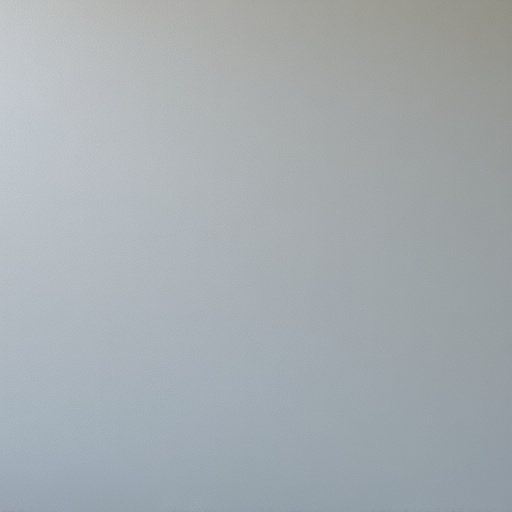
Vehicle wrap installation is a specialized process that transforms vehicle surfaces into mobile advertising canvases or artistic expressions. It involves applying a thin, flexible, and durable material, known as a vehicle wrap or graphic film, to cover and protect existing paintwork while allowing for customization with custom designs and printing. The process requires precision and expertise to ensure the wrap adheres perfectly to contours and corners, creating a seamless finish.
Key materials used in vehicle wrap installation include high-quality adhesive wraps, which come in various types like vinyl, polycarbonate, or metallic films. These materials offer exceptional durability, resistance to fading and damage, and can even provide additional functions such as heat rejection or ceramic window tinting for enhanced automotive detailing. The right choice of material depends on the client’s needs, desired aesthetic, and budget. Each step of installation, from surface preparation to precise cutting and application, plays a crucial role in achieving a professional finish that commands attention on the road.
Custom Design and Printing: Unlocking Creative Possibilities
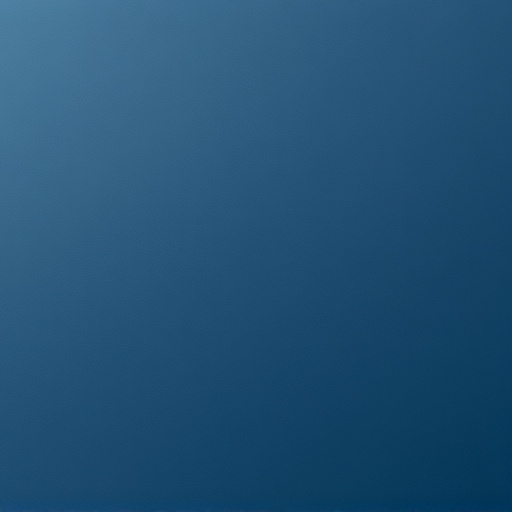
Custom Design and Printing offers an unparalleled level of creativity for vehicle wrap installations. With advanced digital printing technologies, businesses can transform ordinary cars into eye-catching canvases, showcasing unique artistic visions or promoting brands in bold, vibrant colors. This process allows for intricate patterns, eye-popping contrasts, and even the integration of multiple images to create a visually stunning effect that captures attention on the road.
Beyond aesthetics, custom printing adds value through brand exposure and marketing. Businesses can incorporate logos, slogans, and promotional messages into their vehicle wraps, ensuring consistent brand awareness. Moreover, with professional PPF installation techniques and a protective ceramic coating, these wrapped vehicles can maintain their crisp graphics for extended periods while enhancing the car’s overall appearance and safeguarding its paintwork from environmental damage during automotive detailing.
Best Practices for a Professional Vehicle Wrap Application
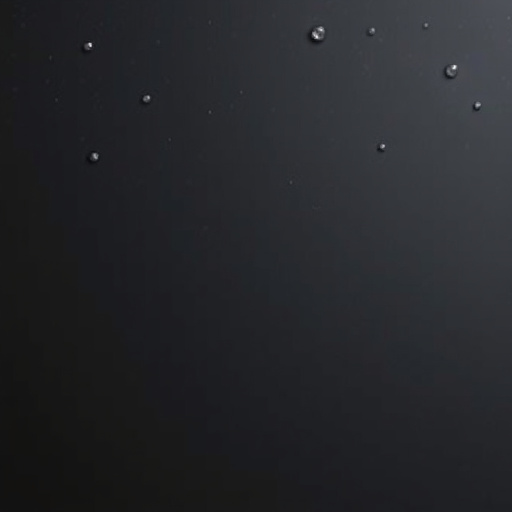
Achieving a professional vehicle wrap installation requires careful preparation and adherence to best practices. First, ensure the surface of the vehicle is thoroughly cleaned, washed, and dried to remove any dirt or debris that could compromise the adhesion of the wrap. This step is crucial as it creates a smooth base for the graphic design.
Next, apply a high-quality adhesive designed specifically for vehicle wraps, considering factors like climate and UV protection. Ceramic window tinting can enhance durability and provide added benefits like heat reduction and increased privacy. It’s essential to use precision tools for cutting and placing the wrap, ensuring accurate alignment and minimal bubbles or creases. Proper preparation and installation techniques result in a vibrant, long-lasting vehicle wrap that protects the underlying paintwork from fading, chipping, and other environmental damage.
Vehicle wrap installation has evolved into an art form, combining creative design with advanced printing techniques. By understanding the process and best practices, professionals can transform vehicles into eye-catching mobile billboards. Custom designs allow for limitless creativity, making vehicle wraps a powerful marketing tool. With the right materials and expertise, you can achieve a professional finish that enhances your brand visibility on the road.
